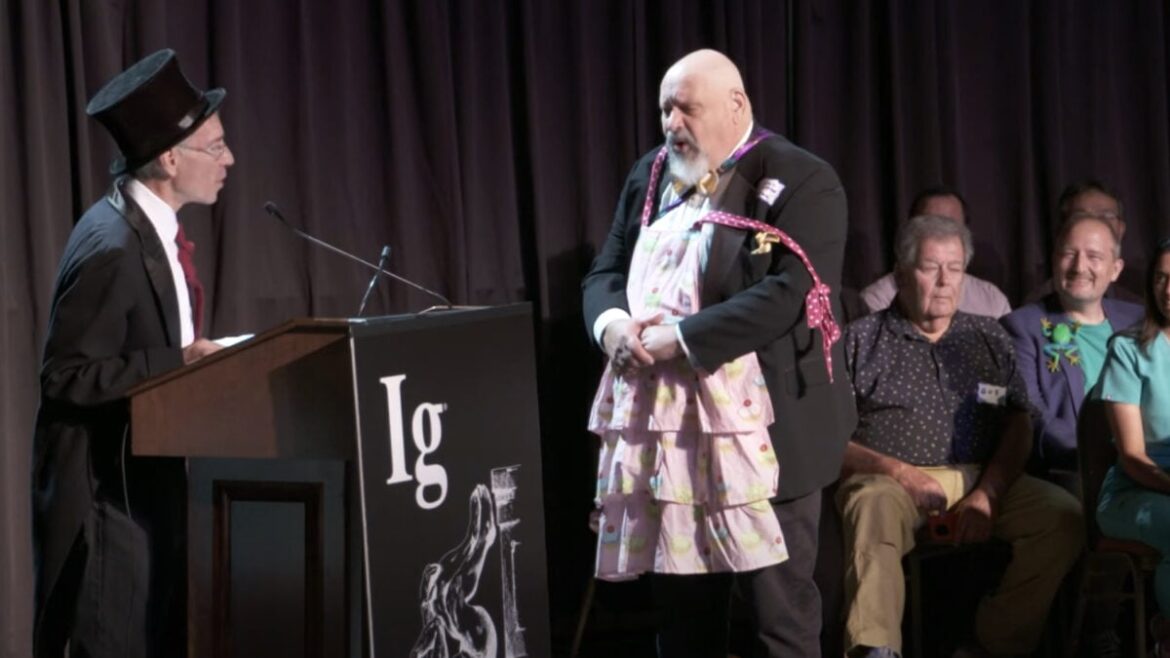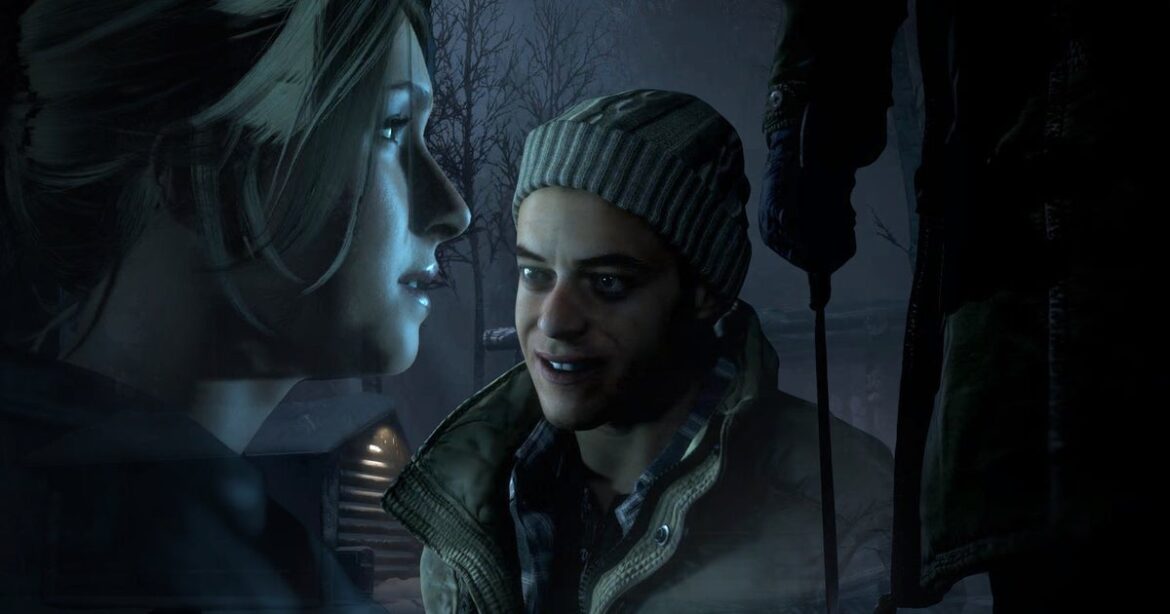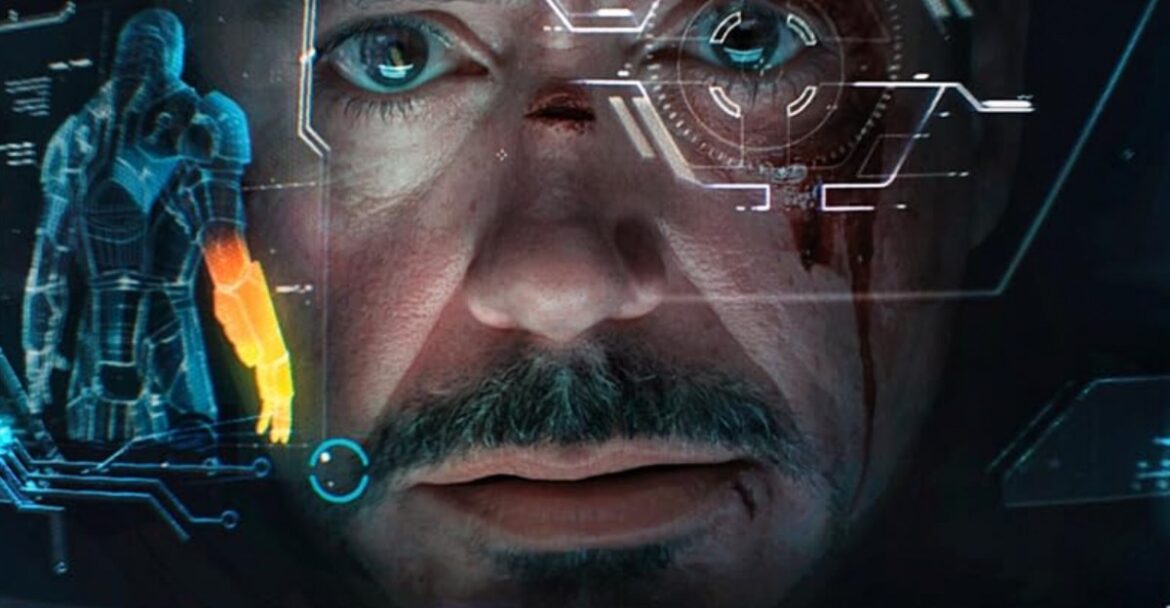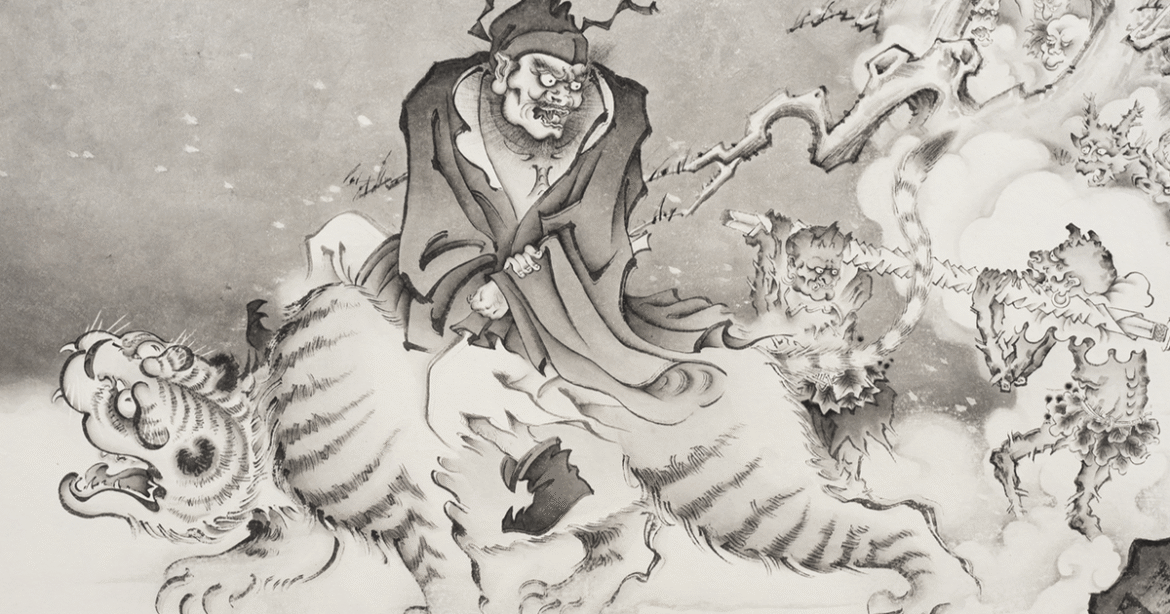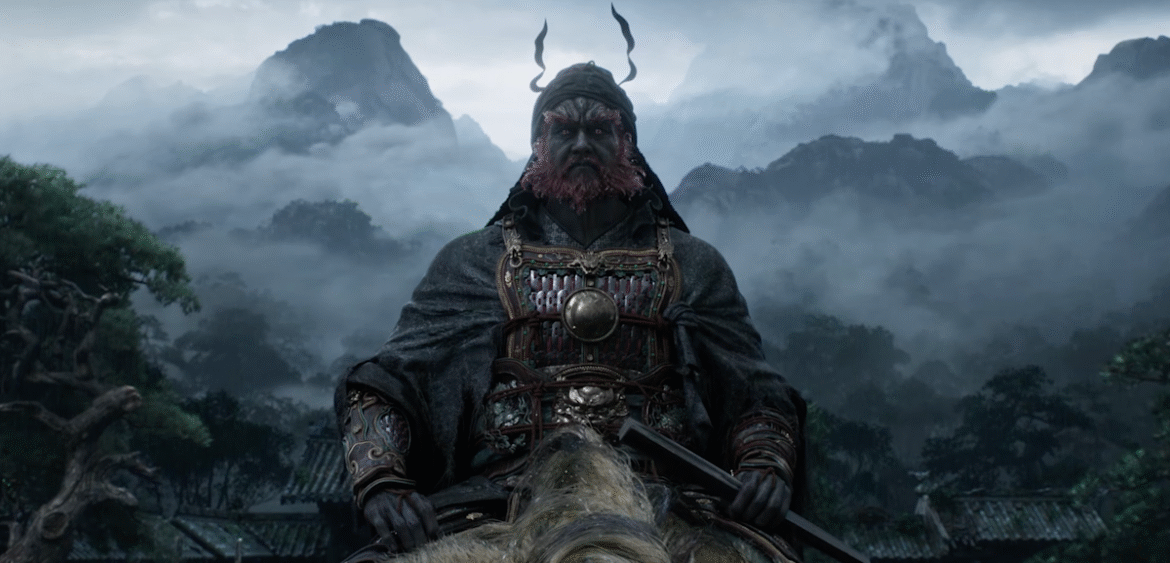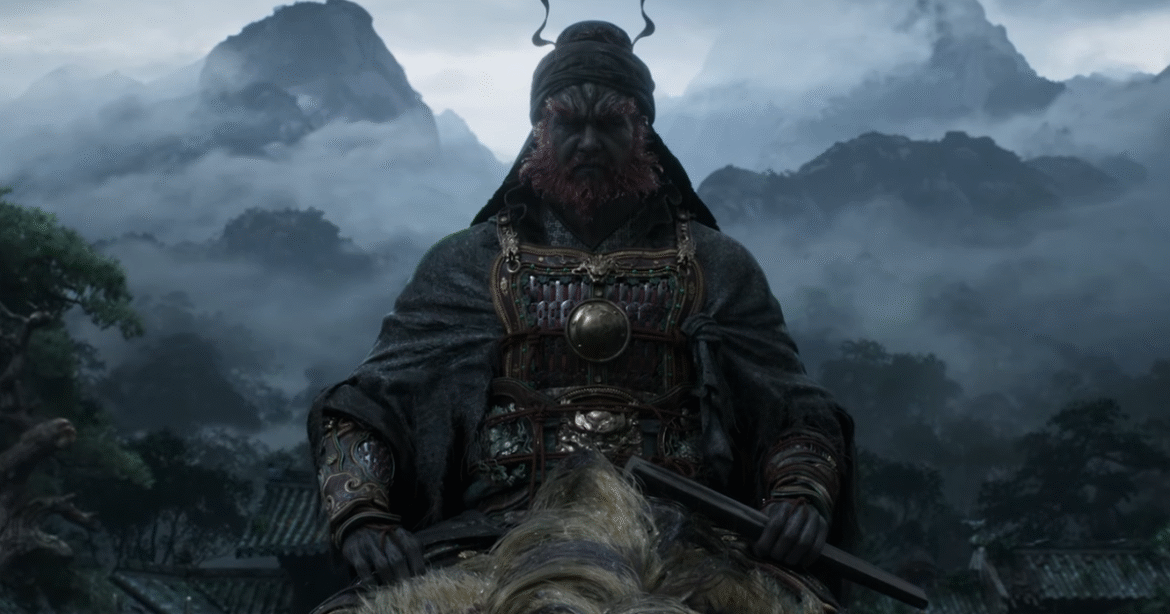In brief
- DeepMind used physics-informed neural networks to find new solutions to Navier-Stokes equations.
- The AI uncovered a new family of singularities, later proven mathematically correct.
- The breakthrough could boost weather models, aerodynamics, and climate prediction accuracy.
For centuries, the complex mathematics describing the movement of liquids and gases—from the air rushing over an airplane’s wing to the turbulent currents of the ocean—have stumped the world’s most brilliant minds. These principles are governed by a notoriously difficult set of partial differential equations (or PDEs), known as the Navier-Stokes equations, which remain one of the seven unsolved “Millennium Prize Problems” in mathematics.
Now, researchers at Google’s AI lab, DeepMind, have demonstrated a novel approach that’s yielding fresh insights.
By training a type of AI known as a Graph Neural Network on complex fluid-flow simulations, the system was able to discover “surprising new solutions” to these century-old problems. The achievement “marks the first time a machine learning model has been used to discover new and verifiable solutions to a famous PDE,” according to the DeepMind team.
This is not just a matter of academic curiosity. A deeper understanding of fluid dynamics has profound real-world implications, impacting everything from aerodynamics and weather prediction to naval engineering and astrophysics, experts say.
The ability to more accurately model and predict fluid behavior could lead to the design of more fuel-efficient aircraft and cars, the development of more accurate climate and weather models, and new innovations across numerous scientific and industrial fields.
At the heart of the challenge are phenomena known as “singularities” or “blow-ups,” theoretical situations where quantities like velocity or pressure could become infinite. While seemingly abstract, these scenarios help scientists understand the fundamental limits of the equations. The DeepMind AI proved adept at identifying patterns in the data that led to the discovery of a new family of these mathematical blow-ups, Google said.
The AI’s findings were described as being “more than just a scientific curiosity,” and have since “been mathematically proven to be correct.” If true, it marks a significant step forward in how artificial intelligence can be applied to fundamental science. Rather than simply crunching numbers faster than a supercomputer, the AI acted as a creative partner, identifying subtle patterns that guided human mathematicians toward a verifiable discovery.
The process involved training the AI to spot connections and behaviors in fluid simulations that might be missed by human observers. According to Yongji Wang, the study’s first author and a postdoctoral researcher at NYU, “By embedding mathematical insights and achieving extreme precision, we transformed PINNs [Physics-Informed Neural Networks] into a discovery tool that finds elusive singularities.”
This collaborative approach—where AI provides insights and direction that are then rigorously proven by human experts—is being hailed as a potential new paradigm for scientific research. It suggests a future where AI systems work alongside scientists to tackle long-standing challenges in mathematics, physics, and engineering that have thus far been out of reach.
While the full solution to the Navier-Stokes equations remains a monumental challenge, this breakthrough demonstrates that artificial intelligence may be a key tool in finally cracking it.
Daily Debrief Newsletter
Start every day with the top news stories right now, plus original features, a podcast, videos and more.


